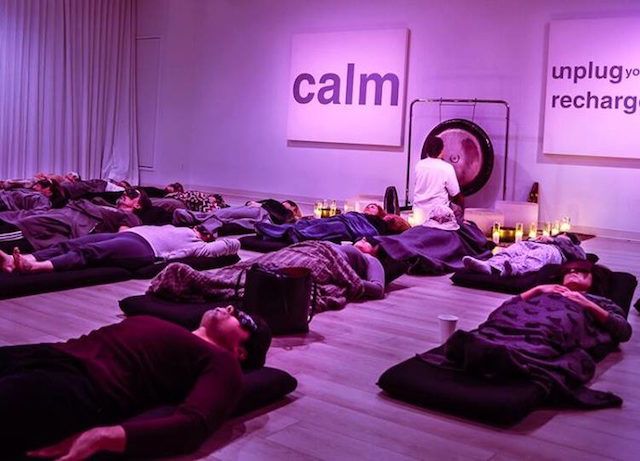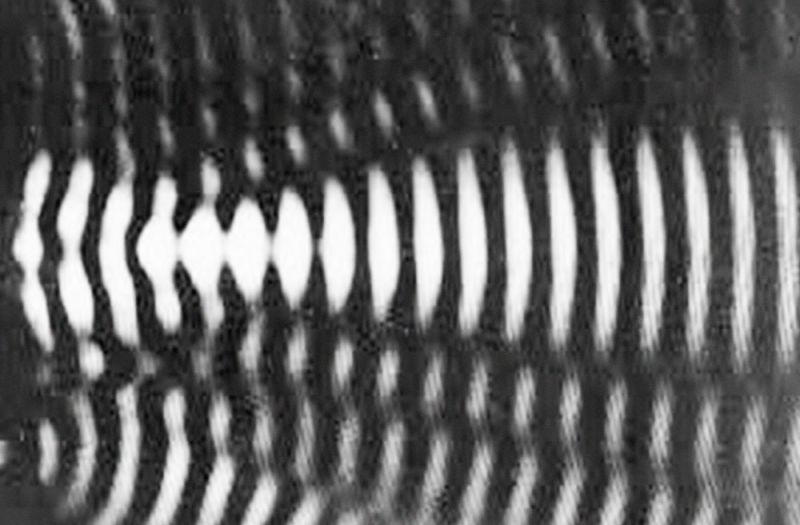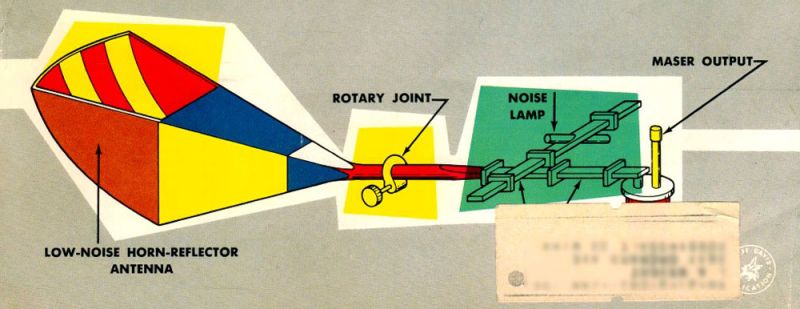
The Healing Power Of Sound Baths
If a cell’s vibrations are too low to hear, does it make a sound?
Date Posted
January 23, 2019
In 2004, UCLA chemist Jim Gimzewski was the first to study cell sounds, called “sonocytology,” by resting an atomic force microscope on yeast cells “like a record needle” to detect sound-generating vibrations. He discovered that the cell wall rose up and down three nanometer—its volume—and vibrated at an average of 1,000 times per second—its pitch. While too low to hear, the yeast cell sounds were in the range of what is audible to the human ear, which Gimzewski hopes could one day be used to diagnose disease—by hearing it.
From the medicine melodies of Central and South Americans to the sonic frequency technologies of Tibetans, sound has been used for thousands of years as a tool to bring us into balance, reduce anxiety, and enhance mood. But your body also reciprocates, listening to take in the therapeutic qualities of sound. We know today that sound can help facilitate shifts in brain waves through the process of entrainment: when the frequency of our fluctuating brainwaves syncs with the stable frequency of an external object like that of a gong. Through this rhythm, it becomes possible to tune into different states of mind, shifting out of normal waking consciousness (beta) to more relaxed, meditative, and sleep states (alpha, theta, delta).
With sonic origins in ancient Tibet, sound baths do just that; they build on different frequencies to expand into an ambient composition that makes shifting into calmer states that much more accessible. Monte Hansen, a sound frequency specialist, defines sound baths in their broadest sense: “an immersion in sound frequency that cleans the soul." In practice, a sound bath is led by someone like Hansen orchestrating various instruments—from tuning forks to singing bowls—in a wide, open space. You can expect the sound to drown out concerns, worries, and anxieties. You’re there to be submerged in sound and, as the name suggests, to “wash” the stress of the day away with the sensorial experience of hearing.
Part sound, part space, and all synchronicity, sound baths have become an increasingly popular method to take space from our phones, disconnect from attachment, and alleviate stress: a new way to restore the body and mind.
collective calm sound off together
Sound is known to have stronger effects on the nervous system when paired with meditation. So if you have a regular practice of listening, or desire to deepen your meditation, entering into a physical space specifically curated for sound adds to the physical practice of stillness—all the better to open your minds.
For each sound bath, comfort is key. You will remove your shoes. You will be given a pillow, a blanket, and sometimes an eye mask. The room will smell of incense or candles or something that tells your body it’s time to relax. In shared spaces, participants sit or lie down together, do some light breathing exercises, and sink into the sound. Over the course of an hour sound ebb and swell and flow. There will be tinkles and drones and crescendos. You might think about your to-do list, or notice that you have to pee, but somewhere along the way, you’ll slip into a dream-like state—even if to fall asleep. In spaces like MNDFUL and The Big Quiet where hundreds to thousands of people find calm together, sound baths tow a unique line between public and private: no matter your individual experience there is a palpable calmness as a whole.

Unlike the active concentration required of yoga and meditation, sound baths don’t ask much. All you need is an open body and mind to experience collective comfort. As founder of New York-based Medi Club and The Big Quiet, Jesse Israel observed: “We’ve seen that mass meditations can be intimidating for first-time meditators, so the soundscape gives people a welcoming entry point.” Whereas your level of expertise may be more apparent in say, a hot yoga class, sound baths are less intimidating with low risks, making it the perfect start to those apprehensive about meditation. You alone can decide how sound moves you, whatever path or form it takes in your brain. The real benefit of coming to a dedicated sound space is how little time it takes to experience the benefits. Ellie Burrows, the founder of MNDFL, says the effects of relaxation are noticeable almost immediately “Sound baths are a bit like a chairlift; they allow you to experience relaxation within the short period of one session. With other types of meditation, one might have to practice consistently for a few weeks or months to feel that kind of effect.”

space matters immersion through space
Taking an existing space for visitors to experience the unexpected is one thing. Pair it with a structure built to amplify the way sound travels through space and time and you have the Integratron. Built in the 1950s by aviation engineer UFO-logist George Van Tassel, who claimed to have built the structure in order to suspend the laws of gravity, extend human life, and facilitate time travel under instruction from an alien from Venus, the Integratron is a bright white, dome-topped building standing 38 feet tall and 55 feet in diameter in the town of Joshua Tree, California. Taking over two decades to build, what Integratron lacked in time travel, it made up for in soundscape. In 2000, sisters Joanne, Nancy, and Patty Karl bought the U.F.O.-ologist structure for the perfect acoustics. “Its curvilinear dome and reverberating wood—act as natural amplifiers, a surround-sound stereo system in the shape of a building.” The walls are inherently resonant, sending vibrations you can not only hear, but feel on your skin, and even your teeth—sonic healing for sound bathers and tourists alike.
If the Integratron demonstrates the possibilities of how sound can occupy space, the Rubin Museum underscores how elastic sound can be when taking advantage of an existing structure. Curator Risha Lee reimagined the museum as a sonic experience to enrich the viewing one we’re accustomed to. In their 2018 exhibition “The World Is Sound," electronic sound artists Éliane Radigue, Laetitia Sonami, and Bob Bielecki “tuned” a site-specific installation within the spiral staircase of the space with “ambient drone sounds inspired by Buddhist philosophy” that enveloped visitors as they climbed up and down the steps. Embedded elsewhere were crowdsourced Oms (the sacred sound of Hinduism that signifies the essence of reality) and the chants of Tibetan funerary texts, turning the entirety of the museum into one big instrument. A readymade receptacle for a textured sound bath, indeed.

portable peace comfort whenever, wherever
That’s why Sound specialists have made their way into any space that is willing because sound therapies can be so flexible—to the point where we can carry them in our pocket. It frees up how private practitioners can work, where therapeutic sound environments can be created with a playlist. Sound practitioner Nate Martinez, who regularly posts recordings for those who don’t have the time or resources to access sound baths says on his website that: “The sounds can be natural, from acoustic instruments, synthesized, or sonically manipulated and deconstructed.” Each is meant to enhance your ability to meditate wherever you are. Like in a sound bath, various instruments and frequencies serve different purposes to evoke the type of “moment” you want. For “Unwind,” Martinez stripped down the recording to one instrument—BioSonic tuning forks—to highlight “higher-pitched peals” and “softer tones generated by striking metal against the knee,” while “Clarity” features brighter, dynamic interplay of Koshi chimes at higher frequencies. When you can’t make it to a physical sound bath, these playlists are a fast, convenient way to restore calm within the chaos.
Whether in a space or through our headphones, listening to atonal sounds can facilitate our ability to be present in the moment by stimulating alpha and theta brain waves associated with "deep meditative states" that are conducive to healing. Sound therapist and meditation teacher Sara Auster was the first to release a sound bath on vinyl. Namora accommodates those who want to maintain at-home rituals with a palliative backdrop with a USB accompaniment to carry tranquility wherever we go—tranquility in our back pockets. Despite our ever-shortening attention spans and increasingly on-the-go lifestyles, Auster reminds us that restoring ourselves and recreating balance can be just a click away.
It’s liberating to think of the body, each cell resounding with sound, and in turn, effectively taking in the environment’s acoustics without thought. So wherever you choose to immerse in sound—be it among fellow sound seekers at your local yoga studio to a specially designed echo chamber, or even alone in the confines of your home—know that your body is listening, making waves of its own. And sometimes that’s the only solace you need: when it comes to sound, the body is always willing.

